1. Inhorn MC, Patrizio P. Infertility around the globe: new thinking on gender, reproductive technologies and global movements in the 21st century. Hum Reprod Update. 2015; 21:411–426. DOI:
10.1093/humupd/dmv016. PMID:
25801630.

5. Dominici M, Le Blanc K, Mueller I, Slaper-Cortenbach I, Marini F, Krause D, Deans R, Keating A, Prockop Dj, Horwitz E. Minimal criteria for defining multipotent mesenchymal stromal cells. The International Society for Cellular Therapy position statement. Cytotherapy. 2006; 8:315–317. DOI:
10.1080/14653240600855905. PMID:
16923606.

6. Xu J, Zgheib C, Shear D, Li G, Hu J, Liechty KW. Mesenchymal stem cell treatment modulates oxidative stress and improves diabetic wound healing through increased expression of glutathione peroxidase 4. J Am Coll Surg. 2014; 219:e15. DOI:
10.1016/j.jamcollsurg.2014.07.426.

7. Cejka C, Holan V, Trosan P, Zajicova A, Javorkova E, Cejkova J. The favorable effect of mesenchymal stem cell treatment on the antioxidant protective mechanism in the corneal epithelium and renewal of corneal optical properties changed after alkali burns. Oxid Med Cell Longev. 2016; 2016:5843809. DOI:
10.1155/2016/5843809. PMID:
27057279. PMCID:
PMC4736412.

8. da Silva Meirelles L, Chagastelles PC, Nardi NB. Mesenchymal stem cells reside in virtually all post-natal organs and tissues. J Cell Sci. 2006; 119:2204–2213. DOI:
10.1242/jcs.02932. PMID:
16684817.

9. Hoogduijn MJ, Dor FJ. Mesenchymal stem cells: are we ready for clinical application in transplantation and tissue regeneration? Front Immunol. 2013; 4:144. DOI:
10.3389/fimmu.2013.00144. PMID:
23781219. PMCID:
PMC3678105.

11. Li CY, Wu XY, Tong JB, Yang XX, Zhao JL, Zheng QF, Zhao GB, Ma ZJ. Comparative analysis of human mesenchymal stem cells from bone marrow and adipose tissue under xeno-free conditions for cell therapy. Stem Cell Res Ther. 2015; 6:55. DOI:
10.1186/s13287-015-0066-5. PMID:
25884704. PMCID:
PMC4453294.

12. Fazaeli H, Faeze D, Naser K, Maryam S, Mohammad M, Mahdieh G, Reza TQ. Introducing of a new experimental method in semen preparation: supernatant product of adipose tissue: derived mesenchymal stem cells (SPAS). JFIV Reprod Med Genet. 2016; 4:178. DOI:
10.4172/2375-4508.1000178.

13. Fazaeli H, Davoodi F, Kalhor N, Tabatabaii Qomi R. The effect of supernatant product of adipose tissue derived mesenchymal stem cells and density gradient centrifugation preparation methods on pregnancy in intrauterine insemination cycles: an RCT. Int J Reprod Biomed (Yazd). 2018; 16:199–208. DOI:
10.29252/ijrm.16.3.199. PMID:
29766151. PMCID:
PMC5944442.

15. Esfandiari N, Sharma RK, Saleh RA, Thomas AJ Jr, Agarwal A. Utility of the nitroblue tetrazolium reduction test for assessment of reactive oxygen species production by seminal leukocytes and spermatozoa. J Androl. 2003; 24:862–870. DOI:
10.1002/j.1939-4640.2003.tb03137.x. PMID:
14581512.

16. Ahmadi S, Bashiri R, Ghadiri-Anari A, Nadjarzadeh A. Antioxidant supplements and semen parameters: an evidence based review. Int J Reprod Biomed (Yazd). 2016; 14:729–736. DOI:
10.29252/ijrm.14.12.729. PMID:
28066832. PMCID:
PMC5203687.

18. Alahmar AT. The effects of oral antioxidants on the semen of men with idiopathic oligoasthenoteratozoospermia. Clin Exp Reprod Med. 2018; 45:57–66. DOI:
10.5653/cerm.2018.45.2.57. PMID:
29984205. PMCID:
PMC6030611.

19. Kim Y, Jo SH, Kim WH, Kweon OK. Antioxidant and anti-inflammatory effects of intravenously injected adipose derived mesenchymal stem cells in dogs with acute spinal cord injury. Stem Cell Res Ther. 2015; 6:229. DOI:
10.1186/s13287-015-0236-5. PMID:
26612085. PMCID:
PMC4660672.

20. Lanza C, Morando S, Voci A, Canesi L, Principato MC, Serpero LD, Mancardi G, Uccelli A, Vergani L. Neuroprotective mesenchymal stem cells are endowed with a potent antioxidant effect in vivo. J Neurochem. 2009; 110:1674–1684. DOI:
10.1111/j.1471-4159.2009.06268.x. PMID:
19619133.

21. Hassan AI, Alam SS. Evaluation of mesenchymal stem cells in treatment of infertility in male rats. Stem Cell Res Ther. 2014; 5:131. DOI:
10.1186/scrt521. PMID:
25422144. PMCID:
PMC4528845.

23. Zini A, Finelli A, Phang D, Jarvi K. Influence of semen processing technique on human sperm DNA integrity. Urology. 2000; 56:1081–1084. DOI:
10.1016/S0090-4295(00)00770-6. PMID:
11113773.

24. Zhou BR, Xu Y, Guo SL, Xu Y, Wang Y, Zhu F, Permatasari F, Wu D, Yin ZQ, Luo D. The effect of conditioned media of adipose-derived stem cells on wound healing after ablative fractional carbon dioxide laser resurfacing. Biomed Res Int. 2013; 2013:519126. DOI:
10.1155/2013/519126. PMID:
24381938. PMCID:
PMC3867954.

25. Sevivas N, Teixeira FG, Portugal R, Araújo L, Carriço LF, Ferreira N, Vieira da Silva M, Espregueira-Mendes J, Anjo S, Manadas B, Sousa N, Salgado AJ. Mesenchymal stem cell secretome: a potential tool for the prevention of muscle degenerative changes associated with chronic rotator cuff tears. Am J Sports Med. 2017; 45:179–188. DOI:
10.1177/0363546516657827. PMID:
27501832.

26. Prihatno SA, Padeta I, Larasati AD, Sundari B, Hidayati A, Fibrianto YH, Budipitojo T. Effects of secretome on cis-platin-induced testicular dysfunction in rats. Vet World. 2018; 11:1349–1356. DOI:
10.14202/vetworld.2018.1349-1356. PMID:
30410245. PMCID:
PMC6200560.

27. Mokarizadeh A, Rezvanfar MA, Dorostkar K, Abdollahi M. Mesenchymal stem cell derived microvesicles: trophic shuttles for enhancement of sperm quality parameters. Reprod Toxicol. 2013; 42:78–84. DOI:
10.1016/j.reprotox.2013.07.024. PMID:
23958892.

28. Catizone A, Ricci G, Galdieri M. Functional role of hepatocyte growth factor receptor during sperm maturation. J Androl. 2002; 23:911–918. PMID:
12399538.
29. Iyibozkurt AC, Balcik P, Bulgurcuoglu S, Arslan BK, Attar R, Attar E. Effect of vascular endothelial growth factor on sperm motility and survival. Reprod Biomed Online. 2009; 19:784–788. DOI:
10.1016/j.rbmo.2009.09.019. PMID:
20031017.

30. Saucedo L, Buffa GN, Rosso M, Guillardoy T, Góngora A, Munuce MJ, Vazquez-Levin MH, Marín-Briggiler C. Fibroblast growth factor receptors (FGFRs) in human sperm: expression, functionality and involvement in motility regulation. PLoS One. 2015; 10:e0127297. DOI:
10.1371/journal.pone.0127297. PMID:
25970615. PMCID:
PMC4430232.

31. Selvaraju S, Krishnan BB, Archana SS, Ravindra JP. IGF1 stabilizes sperm membrane proteins to reduce cryoinjury and maintain post-thaw sperm motility in buffalo (Bubalus bubalis) spermatozoa. Cryobiology. 2016; 73:55–62. DOI:
10.1016/j.cryobiol.2016.05.012. PMID:
27256665.

32. Saeednia S, Bahadoran H, Amidi F, Asadi MH, Naji M, Fallahi P, Nejad NA. Nerve growth factor in human semen: effect of nerve growth factor on the normozoospermic men during cryopreservation process. Iran J Basic Med Sci. 2015; 18:292–299. PMID:
25945243. PMCID:
PMC4414996.
33. Saeednia S, Shabani Nashtaei M, Bahadoran H, Aleyasin A, Amidi F. Effect of nerve growth factor on sperm quality in asthenozoosprmic men during cryopreservation. Reprod Biol Endocrinol. 2016; 14:29. DOI:
10.1186/s12958-016-0163-z. PMID:
27233989. PMCID:
PMC4884433.

34. Kim J, Lee S, Jeon B, Jang W, Moon C, Kim S. Protection of spermatogenesis against gamma ray-induced damage by granulocyte colony-stimulating factor in mice. Andrologia. 2011; 43:87–93. DOI:
10.1111/j.1439-0272.2009.01023.x. PMID:
21382061.

35. Mullaney BP, Skinner MK. Transforming growth factor-beta (beta 1, beta 2, and beta 3) gene expression and action during pubertal development of the seminiferous tubule: potential role at the onset of spermatogenesis. Mol Endocrinol. 1993; 7:67–76. PMID:
8446109.

36. Białas M, Fiszer D, Rozwadowska N, Kosicki W, Jedrzejczak P, Kurpisz M. The role of IL-6, IL-10, TNF-alpha and its receptors TNFR1 and TNFR2 in the local regulatory system of normal and impaired human spermatogenesis. Am J Reprod Immunol. 2009; 62:51–59. DOI:
10.1111/j.1600-0897.2009.00711.x. PMID:
19527232.

37. Politch JA, Tucker L, Bowman FP, Anderson DJ. Concentrations and significance of cytokines and other immunologic factors in semen of healthy fertile men. Hum Reprod. 2007; 22:2928–2935. DOI:
10.1093/humrep/dem281. PMID:
17855405.

38. Kisa Ü, Murad M, Ferhat M, Ça O. Seminal plasma transforming growth factor-β (TGF-β) and epidermal growth factor (EGF) levels in patients with varicocele. Turk J Med Sci. 2008; 38:105–110.
39. Kemp K, Hares K, Mallam E, Heesom KJ, Scolding N, Wilkins A. Mesenchymal stem cell-secreted superoxide dismutase promotes cerebellar neuronal survival. J Neurochem. 2010; 114:1569–1580. DOI:
10.1111/j.1471-4159.2009.06553.x. PMID:
20028455.

40. Zhao J, Dong X, Hu X, Long Z, Wang L, Liu Q, Sun B, Wang Q, Wu Q, Li L. Zinc levels in seminal plasma and their correlation with male infertility: a systematic review and meta-analysis. Sci Rep. 2016; 6:22386. DOI:
10.1038/srep22386. PMID:
26932683. PMCID:
PMC4773819.

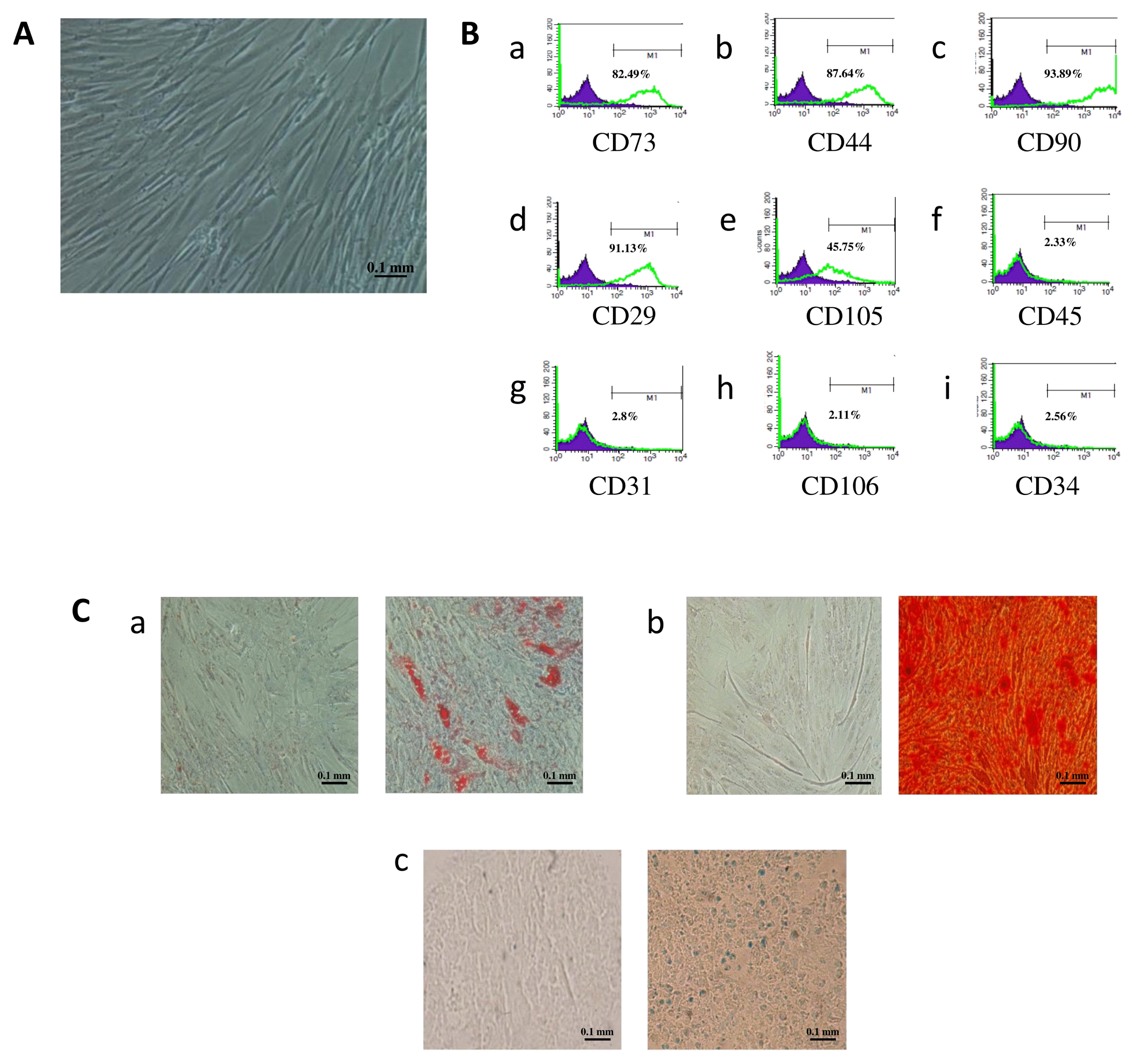
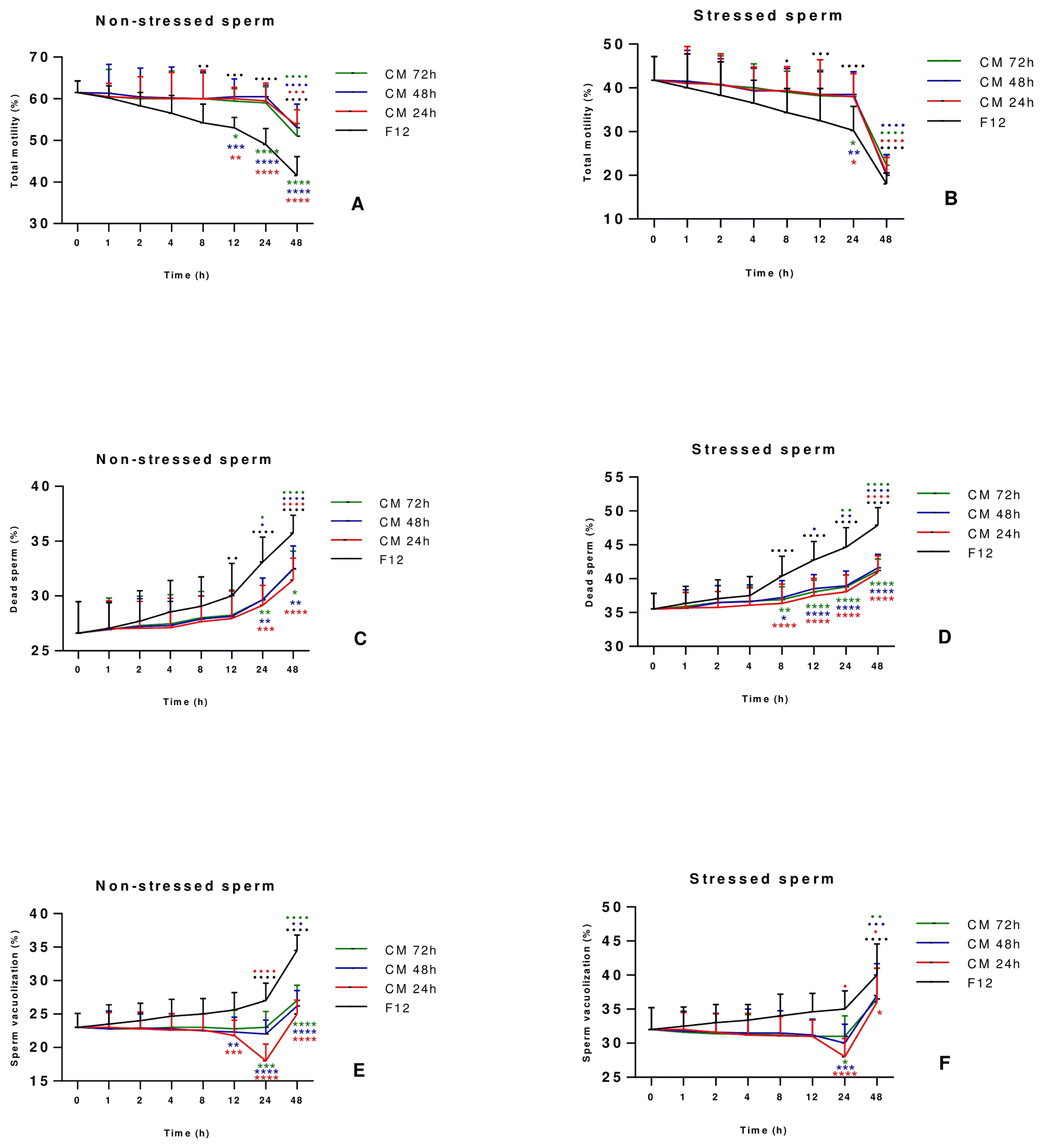
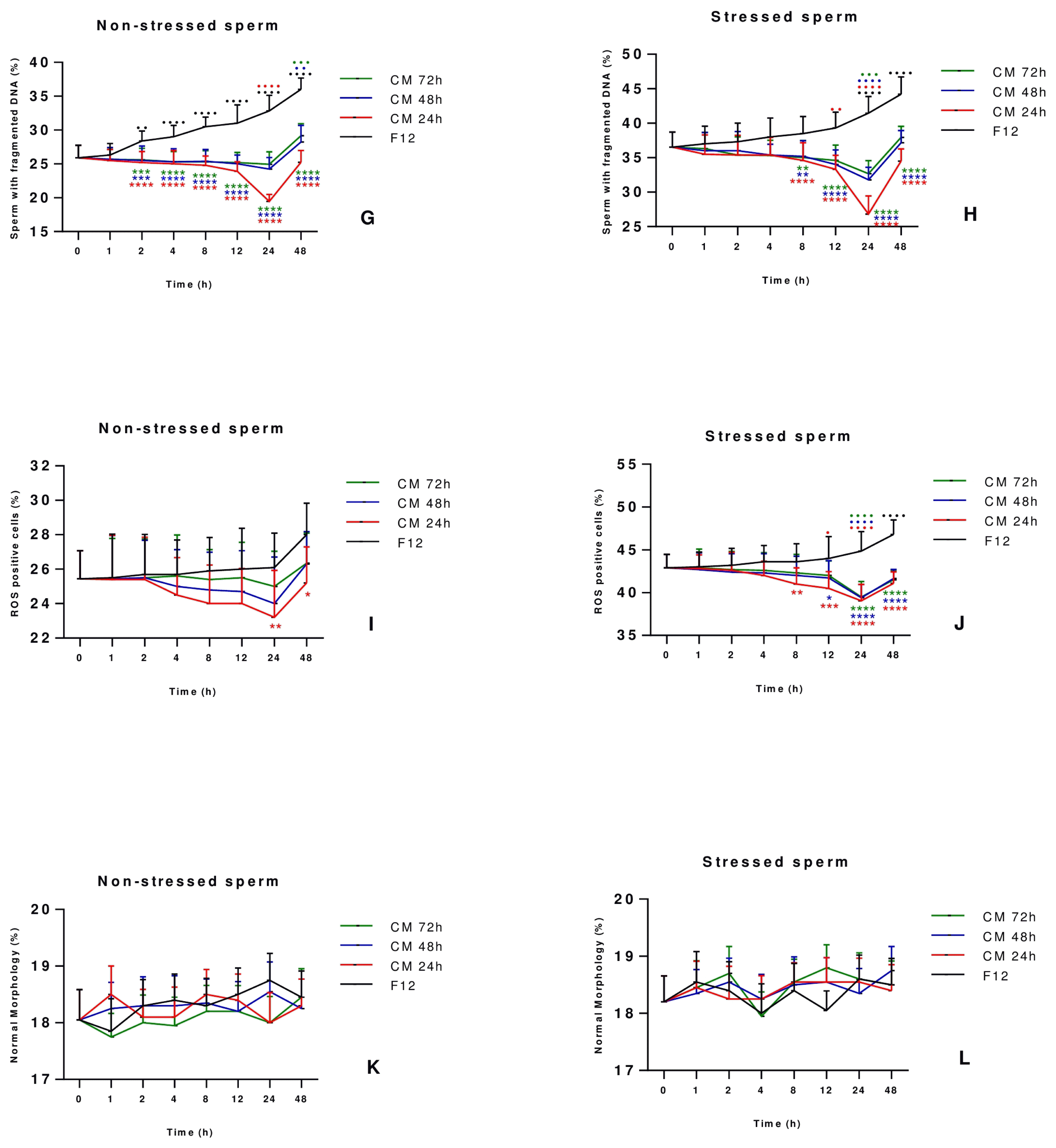
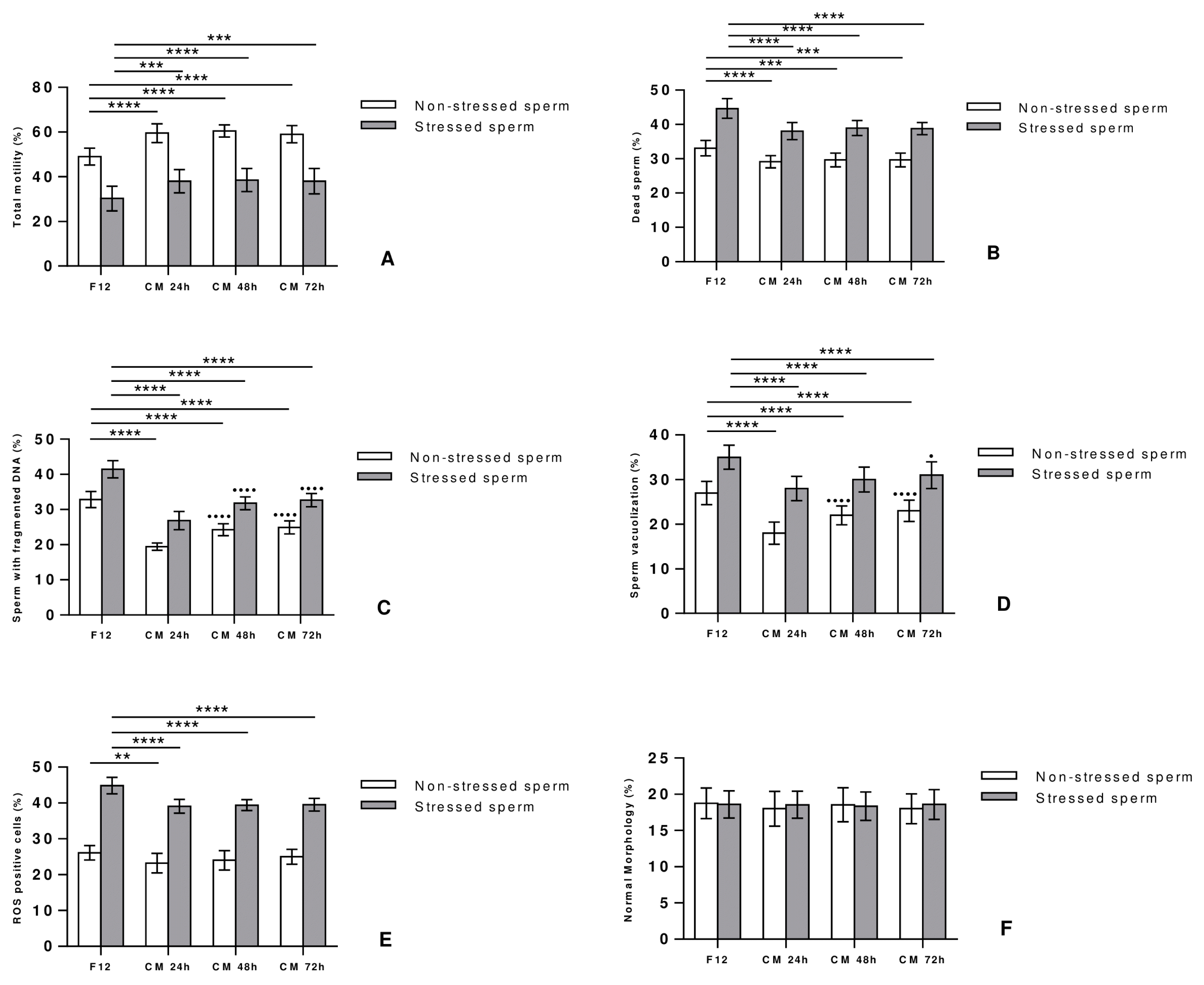
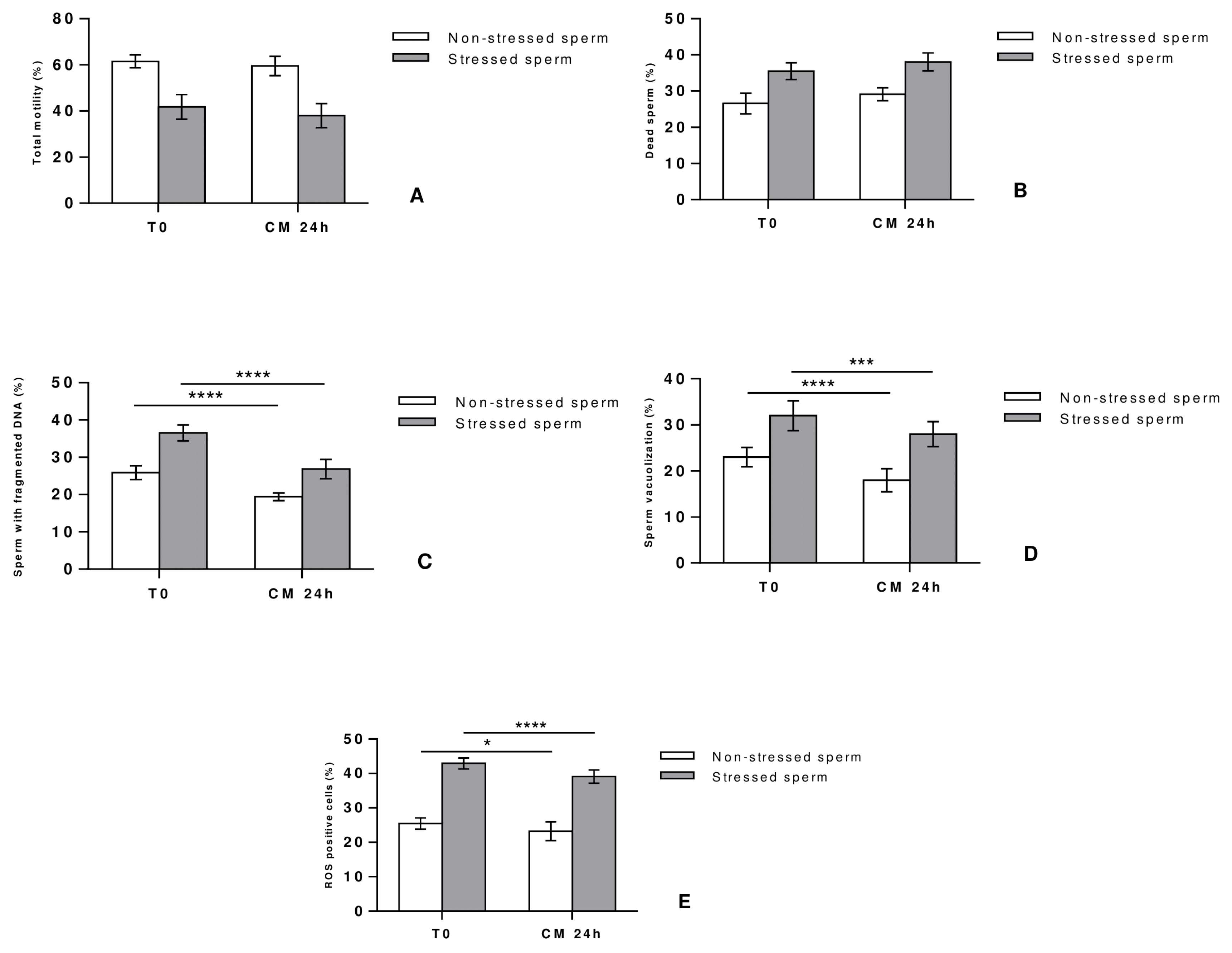




 PDF
PDF Citation
Citation Print
Print


 XML Download
XML Download